Boat Console Essentials: Guide for Top Performance and Navigation
Boat consoles are an essential component of any boat, serving as the central control hub and often the main focal point of the vessel's interior. These consoles can be found in various sizes, shapes, and configurations depending on the boat's size, type, and intended use. From simple and compact designs suitable for small vessels to larger, more elaborate consoles fitted with modern electronics and marine accessories, the boat console market offers a wide variety of options to meet the needs of boat owners and enthusiasts alike.
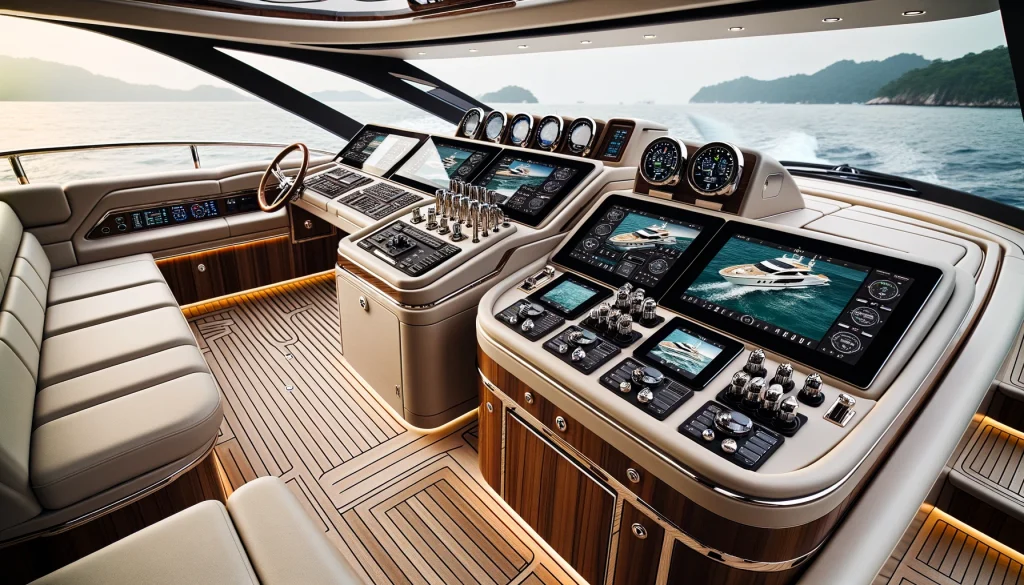
Understanding the different types of boat consoles and their key components is crucial for anyone looking to upgrade or replace their existing console, as well as for those selecting a new console for a boat build. Equally important is being aware of the well-known manufacturers and models available in the market, along with the additional accessories that can further enhance the usability and functionality of a boat console. Shopping around and asking the right questions can help narrow down the options and make the decision-making process smoother and more efficient.
Key Takeaways
- Boat consoles come in various sizes and configurations to suit diverse boating requirements.
- Familiarizing oneself with key components and accessories can aid in console selection.
- Researching reputable manufacturers and models is vital for making an informed choice.

Overview of Boat Console
Boat consoles are a crucial component of a boat's design, serving as the central hub for controlling and operating the vessel. They come in various styles and configurations, including center consoles, side consoles, and steering consoles. Boat consoles house essential equipment such as the steering wheel, throttle, gauges, and switches, providing the operator with easy access to all the necessary controls.
Center consoles are among the most popular types of boat consoles, primarily used in fishing and offshore boats. These consoles offer versatility and open deck space, allowing for 360-degree access to the surrounding waters. They are favored by anglers as they provide better visibility and freedom of movement while navigating and fishing. Some larger models even feature storage compartments, seating, and other amenities within the console.
Side consoles, on the other hand, are most often found in smaller boats such as skiffs, bass boats, and utility boats. They provide a more compact solution, occupying less deck space and typically offering fewer features than center consoles. Still, side consoles effectively provide a comfortable and functional area for steering and operating the boat.
Steering consoles are a fundamental part of any boat, regardless of the console type. These consoles house critical components such as the boat's steering wheel, gauges for monitoring engine performance, and controls for navigation systems. A well-designed steering console ensures that the operator can efficiently and safely maneuver the boat in various conditions.
It is essential to consider the intended purpose and overall design of the boat when selecting a console. The style, size, and features of the console should align with the boat's intended use, such as leisure cruising, fishing, or water sports. Ultimately, the right boat console will provide a functional, comfortable, and easily accessible control center for a seamless boating experience.

Types of Boat Consoles
When it comes to boat consoles, there are various types available to cater to different purposes. Understanding these types can help you choose the perfect boat for your specific needs.
One of the most popular types of boat consoles is the center console. These boats are designed with the console positioned in the middle of the boat, allowing for ample space around it for various activities such as fishing or leisure. Center console boats are commonly used for offshore fishing, offering excellent stability and handling characteristics.
Pontoon boats are another popular choice for those looking for a versatile boat. These boats are characterized by their large, flat deck space and shallow draft, making them ideal for calm, inland waters. The console on a pontoon boat is usually positioned towards the front or rear of the boat, providing a spacious and comfortable seating area for passengers.
Bass boats are specially designed for freshwater fishing enthusiasts. The consoles on these boats are typically located at the front and rear, allowing for easy access to prime fishing locations. Bass boats have a compact design with a low profile, offering increased stability when fishing in windy conditions.
Fishing boats come in a variety of types, such as center consoles, dual consoles, and walk-around consoles. These boats are designed to handle different fishing situations, from shallow inshore waters to deep offshore angling. The console type will depend on the boat's intended purpose and the angler's preferences.
Each of these boat console types caters to a specific need and environment, from calm lakes and rivers to the open seas. By understanding the differences between pontoon, bass, center console, and fishing boats, you can confidently choose the right boat console type for your unique boating adventures.

Key Parts of Boat Consoles
A boat console is an essential component of a vessel, serving as its driver's control station. It includes various parts and features that ensure smooth functioning and maneuverability of the boat. Let's take a closer look at some key parts of boat consoles.
The steering wheel is a crucial part of a boat console, allowing the driver to control the boat's direction. Connected to the boat's rudder or outboard motor, the steering wheel enables the user to navigate efficiently.
Throttle controls the boat's speed by adjusting the engine's power output. Typically located near the steering wheel, the throttle is managed by a lever that can be pushed forward to accelerate the boat or pulled back to slow it down.
Gauges play a vital role in monitoring a boat's performance and condition. Boat consoles usually feature various gauges such as speedometers, fuel levels, and engine temperature. These gauges help the driver keep track of key boat conditions and ensure safe and efficient operation.
Modern boat consoles also consist of electronics for improved navigation and communication. Electronics such as GPS systems, chart plotters, and fish finders provide valuable information during boat journeys. Radios or communication systems make sure the boat maintains contact with other vessels or the shore, enhancing safety.
A boat's head, or restroom, is usually located within the console. Depending on the design and model of the boat, the head may vary in size and can include a toilet, sink, and even a small shower.
Many boats also feature a livewell as part of their console, serving as a storage system for live fish. This feature is especially useful for fishermen who require live bait or wish to store their catch during a fishing trip.
In sum, boat consoles contain numerous parts such as the steering wheel, throttle, gauges, electronics, head, and livewell, which are crucial for seamless and safe navigation. These components offer the driver an optimal control station, ensuring a smooth and enjoyable boating experience.

Building and Replacing Boat Consoles
Building a boat console is an essential step in customizing your boat to suit your needs. Fiberglass is a popular material choice for boat consoles due to its durability and weather resistance. If you're starting from scratch or looking to replace an existing console, you can create an ideal setup that maximizes the boat's functionality and aesthetics.
First and foremost, it's important to plan and design the console according to your boat's dimensions and requirements. Some boat enthusiasts prefer a simple console, while others opt for a more elaborate set-up with integrated electronics and modern amenities. It's crucial to consider the size, shape, and curvature of the console to ensure it integrates seamlessly with your boat.
After finalizing the design, gather the necessary materials and tools to start the building process. Fiberglass is often used in combination with wood or foam for added structural support. When fiberglassing a console, ensure the surface is properly prepared and be sure to use high-quality resins and hardeners to achieve a strong bond and a smooth finish.
Dashboard panels, or dash panels, are an essential part of the boat console, housing various electronics, gauges, and controls. It is crucial to carefully plan the layout of the dash panel to ensure that all devices are easily accessible and have proper spacing. This will make it easier for the boater to monitor the boat's performance while on the water.
Replacing a boat console can be a necessary step if the current console has extensive wear and tear or if you're looking to upgrade to a newer design. When replacing a console, it's vital to measure the space available on your boat and decide on the desired features and design of the new console. Be prepared to make modifications to the new console, should they be required, to achieve a perfect fit.
In conclusion, building or replacing a boat console is a valuable investment that can enhance the functionality and aesthetics of your vessel. With careful planning, quality materials, and the right tools, you can create a custom console tailored for your boating adventures.
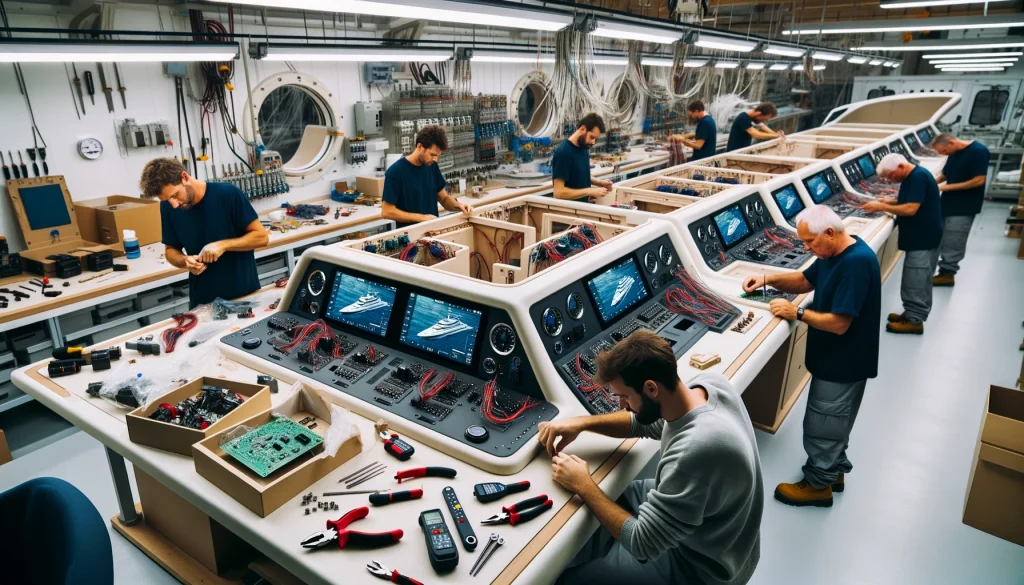
Selecting a Boat Console
When choosing a boat console, it's essential to consider various factors that determine its suitability for your needs. A crucial aspect to look for is the size of the center console. In general, smaller boats, which make up more than 95% of boats on the water, require less maintenance, making them more practical for many users.
New vs. Older Consoles: When comparing new and older center consoles, you'll find that newer models often come with more advanced features, improved designs, and higher-quality materials. However, older consoles may be more affordable and still provide decent functionality for those on a budget.
Product Features: When evaluating different console products, consider the amenities and features they offer. Built-in seating is an essential feature for providing comfort to passengers, but few smaller center consoles offer much built-in seating. Keep in mind your intended usage: whether primarily for fishing, tow-sports, cruising, or socializing. Moreover, the center console should allow for an all-round seating arrangement, distributing passenger weight evenly to improve handling and fuel efficiency.
Prices: The cost of boat consoles varies depending on factors like size, materials, features, and brand reputation. Before making your purchase, set a budget and determine which features are essential for your needs. Weigh the benefits and drawbacks of different models in your price range, keeping in mind that investing in a higher-quality console may provide a better long-term value.
By carefully considering your needs, preferences, and budget, you can make an informed decision when selecting a center console for your boat. Remember to prioritize the features that align most closely with your intended boat usage and be willing to weigh the benefits and drawbacks of various console options.

Popular Manufacturers and Models
When considering boat consoles, there are several renowned manufacturers known for producing exceptional models. One such manufacturer is Lowe, which offers a variety of boat consoles and has been a trusted name in the industry for years. Their boats are known for being durable, versatile, and easy to maintain.
Another well-known boat console manufacturer is Ranger, which specializes in creating high-performance fishing boats with advanced console designs. With a dedication to innovation and quality, Ranger has become a favorite among anglers for its reliable and comfortable console designs.
G3 is also a popular choice for boat enthusiasts looking for top-notch console designs. G3 boats provide great value, performance, and ease of use. With a range of models available, G3 offers something for every boater, from weekend warriors to seasoned pros.
For those in search of a high-quality fishing boat, Lund is another prominent manufacturer that offers a variety of console designs. Known for its unmatched quality and reliability, Lund has become a preferred choice for both professional and recreational anglers.
Tracker is another popular manufacturer in the boat industry, especially for fishing boats. With their exceptional console designs, Tracker boats are known for their stability, durability, and user-friendly nature, making them a perfect choice for those new to boating.
The Mercury brand is also associated with reliable boat console designs. As a leading manufacturer of marine engines, Mercury offers a range of boat consoles that are compatible with their engines. This ensures seamless integration and optimal performance.
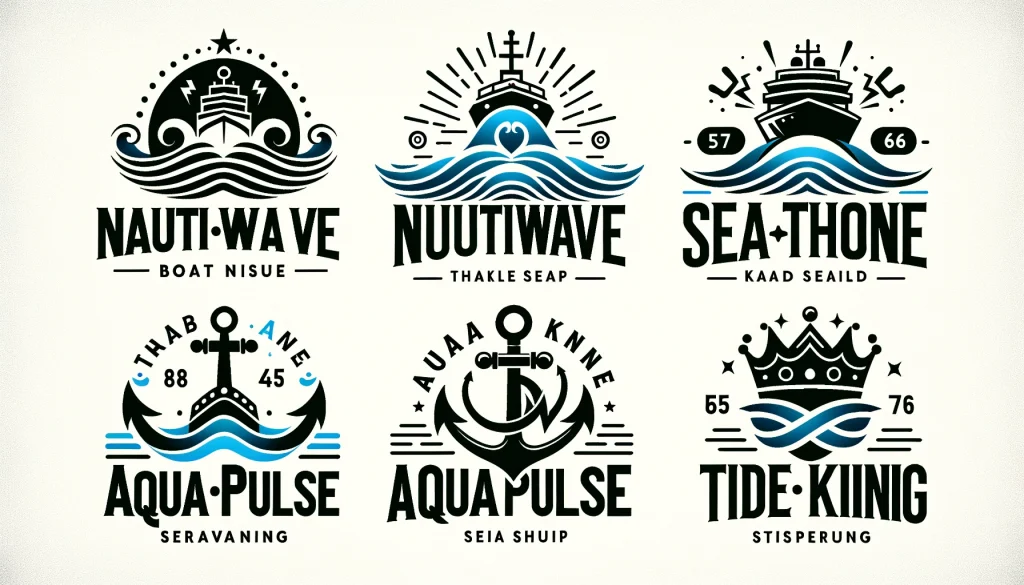
In addition to the manufacturers mentioned above, there are various other options available for boat consoles. The Great Lakes Skipper shop is a notable example, as they offer a wide variety of boat consoles from top manufacturers, making it easy to find the perfect console to suit your needs.
In conclusion, there are numerous reputable manufacturers and models for boat consoles, such as Lowe, Ranger, Lund, G3, Tracker, and Mercury. Each of these brands offers unique features and designs, providing boaters with plenty of options to find the perfect console that meets their requirements. When shopping for a boat console, it is crucial to consider factors such as performance, durability, comfort, and ease of use, to ensure the perfect match for your boating needs.

Additional Accessories for Boat Consoles
Boat consoles serve as the command center for every vessel, playing a crucial role in organizing and managing various functions. Enhancing your boat console with additional accessories can undoubtedly elevate your boating experience. Here are some accessories to consider:
A leaning post can be a valuable addition to your boat console, offering comfortable seating and support while steering. These posts are typically installed near the helm and are available in various designs to match your boat's aesthetics. Some leaning posts even come with additional storage space, cup holders, or integrated rod holders.
Helm pads provide skippers with a comfortable place to stand while operating the boat. They are usually made from materials like EVA foam, offering cushioning and a non-slip surface. These pads are designed to withstand harsh marine environments.
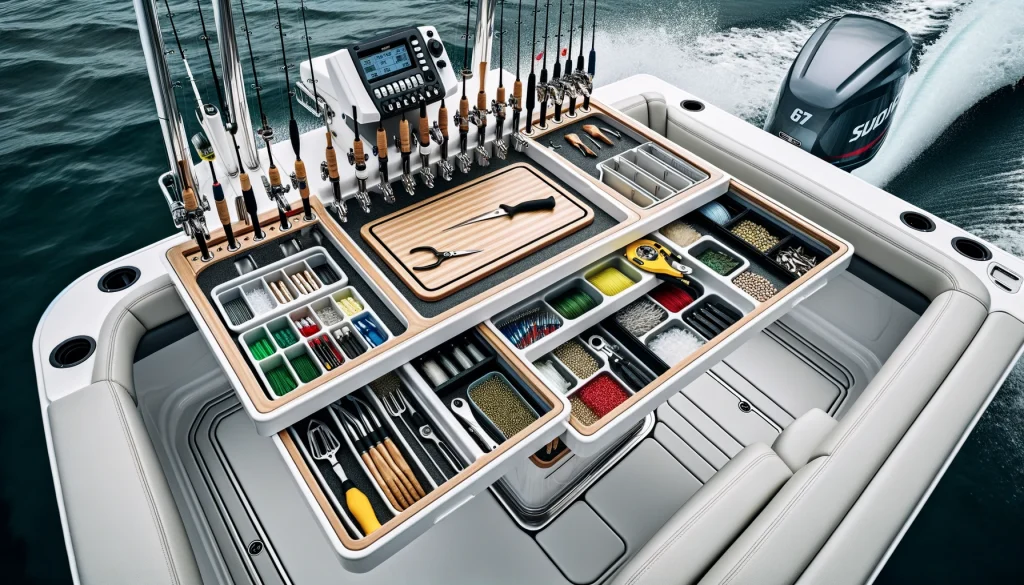
Adding extra rod holders along the gunwales or close to the console can be practical for anglers, as they keep your fishing gears organized and easily accessible. Look for rod holders made from sturdy materials like aluminum or stainless steel to ensure durability and resistance against corrosion.
Upgrade your boat console with glossy finish materials to not only enhance its appearance but also provide extra protection against wear and tear. Glossy finishes can help resist scratches and UV damage, improving the lifespan of your console.
A bait station can be a useful accessory, especially for those who love fishing. It typically includes a cutting board, a storage compartment for bait, and a sink with a water hook-up for easy cleaning. Some bait stations can be mounted directly onto the console, while others can be placed nearby.
Incorporate a fuel tank monitoring system into your console to get accurate information about fuel levels. These monitoring systems help you track fuel consumption, making it easier to plan your trips and avoid running out of fuel.
Finally, having an organized inventory system for your safety gear and other essential equipment is invaluable for a smooth boating experience. Invest in storage compartments, lockers, or bags that can be attached to your boat console.
By integrating these accessories into your boat console, you can create a more efficient and enjoyable boating experience. These additions cater to various needs and ensure that your console has everything you need within reach. You can find a wide variety of accessories here.
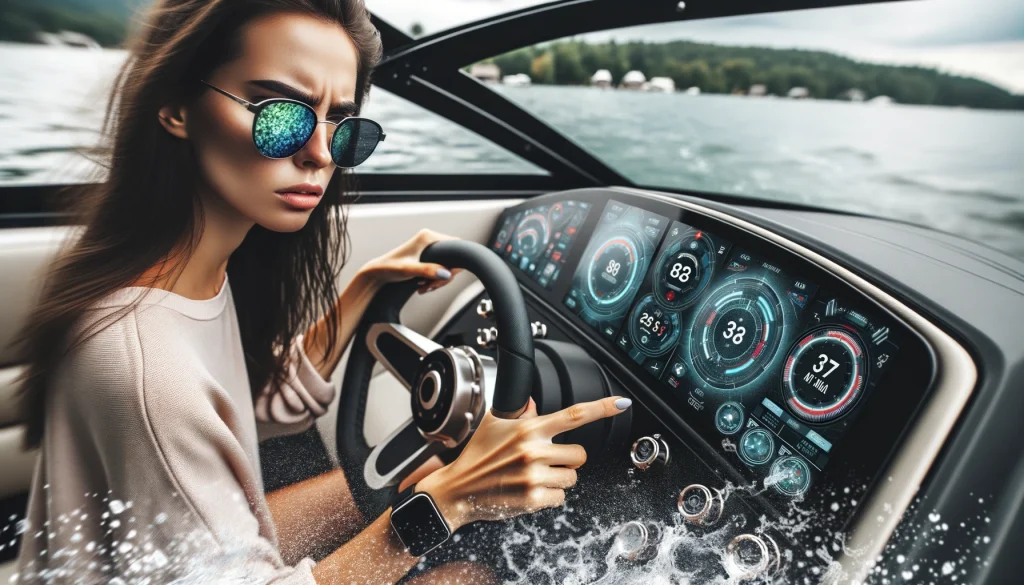
Shopping for Boat Consoles
When shopping for boat consoles, it is essential to consider various factors such as material, size, and design. Numerous websites offer a wide range of boat consoles, allowing customers to find the perfect one for their needs. It is always advisable to browse through multiple sites to compare prices and features, as it can help in getting a good discount and save money.
One notable website is Marine Fiberglass Direct, which offers center consoles in different dimensions and designs. Great Lakes Skipper provides an extensive array of boat consoles and panels. This site is known for its huge inventory and competitive prices. On the other hand, West Marine houses options for center consoles with easy installation and durable materials. Another website to consider is C&M Marine Products, which specializes in fiberglass boat consoles.
Shopping for boat consoles online also provides the advantage of accessing reviews and feedback from other customers. This feedback can serve as a helpful tool in making informed decisions about the quality and performance of the console. It is important to take the time to read reviews and analyze product ratings to ensure that the chosen boat console meets all necessary requirements.
Make use of the available search filters on each site to narrow down the options according to specific preferences. Customers can filter the products by price, materials, dimensions, and other relevant criteria. This will help them find a boat console that not only meets their requirements but also fits within their budget.
In conclusion, shopping for boat consoles online is a convenient and efficient way to find the ideal console for any boat. Customers can save money by comparing different websites, reading reviews, and making informed decisions based on feedback from others.

Frequently Asked Questions
What are the common materials used for boat consoles?
Boat consoles are typically constructed from fiberglass, aluminum, or rotomolded plastic due to their durability, corrosion resistance, and ability to withstand harsh marine environments. Fiberglass is popular for its strength, lightweight nature, and ability to be molded into various shapes and sizes. Aluminum, on the other hand, is known for its corrosion resistance and low maintenance requirements. Rotomolded plastic is a cost-effective option, which offers durability and easy customization.
What are the differences between bass and center console boats?
Bass boats are designed specifically for freshwater fishing, typically in shallow waters and for targeting bass species. They are characterized by their low-profile design, high-performance capabilities, and swiftness. Generally, they offer a front casting platform and ample storage for fishing gear.
Center console boats, however, are versatile boats suitable for both freshwater and saltwater fishing. The helm is mounted in the center of the boat, providing the captain with a 360-degree view and allowing for easy maneuverability. These boats are known for their open deck layout and can handle rougher water conditions than bass boats. They cater to a wide range of angling styles and can also serve as general-purpose recreational boats. Read more about center console boats here.
What factors influence the cost of a boat console?
The cost of a boat console can be influenced by various factors, including materials used, size, complexity of the design, features and accessories, and the level of customization. For instance, high-quality fiberglass or aluminum consoles will be more expensive than those made of rotomolded plastic. Additional features like electronics, storage compartments, windshields, and seating can also increase the overall cost.
How to choose the correct console windshield?
Selecting the correct console windshield depends on factors such as your boating needs, console design, and personal preferences. Consider aspects like the windshield's height, which should provide sufficient protection from wind and water spray without obstructing your line of sight. Additionally, take into consideration the material (plexiglass, polycarbonate, tempered glass) and its durability, scratch resistance, and UV protection. Ensure the windshield fits the console design seamlessly and matches the aesthetics of your boat.
What are the benefits of a boat console with a livewell?
A boat console equipped with a livewell offers added convenience for anglers by providing a self-contained, recirculating system for keeping bait and caught fish alive and healthy. This enhances the overall fishing experience, as it provides easy access to live bait and preserves fish quality until they can be released or consumed. Moreover, a console with a built-in livewell helps in maintaining a clutter-free deck, improving both safety and aesthetics.
What customizations are possible for boat consoles?
Boat consoles can be customized to suit individual preferences and needs. Possible customizations include adding rod holders, storage compartments, electronic equipment (such as fish finders, GPS, and radios), seating options, and specialized lighting for nighttime navigation or fishing. Other personalizations may involve modifying the console's dimensions, shape, or material to better fit the needs of the boater. Consult with your boat manufacturer or a marine professional for guidance on possible customizations and their potential impact on your boat's performance and overall aesthetic.
Charlie is Editor-in-Chief of Sea Magazine